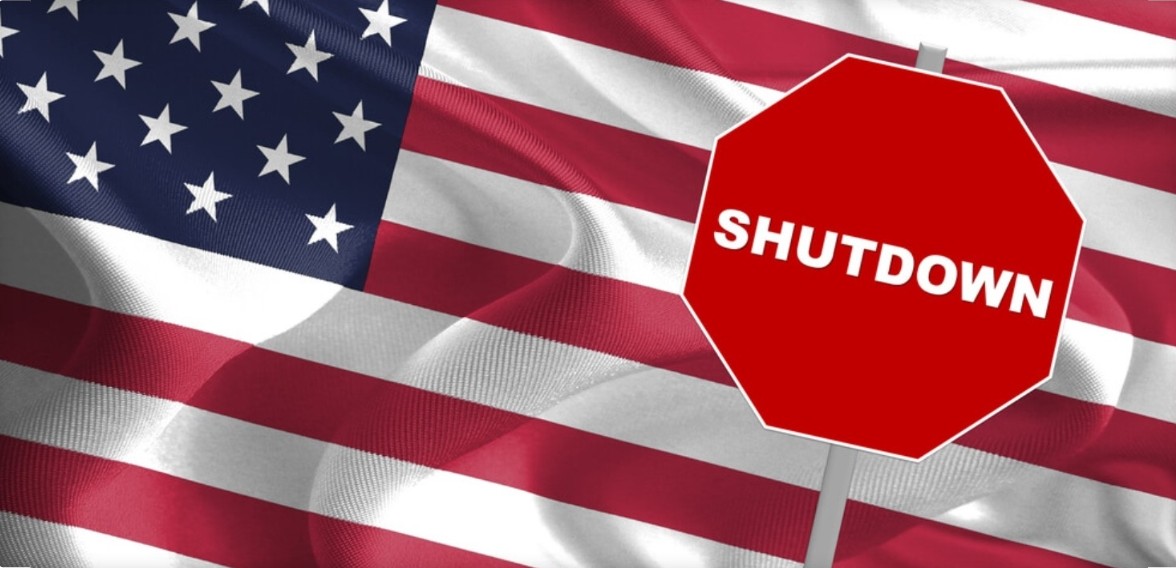Recently there has been a torrent of news accounts over a billion dollars of COVID payments that have allegedly been made to deceased recipients.

The stories were based on a GAO audit of COVID relief payments. It found 1.1 million payments, totaling $1.4 billion, to deceased individuals. [Click here to read audit.]
So, how could such a thing happen? Well, it is actually pretty simple and not at all surprising and completely unavoidable under the circumstances if you bother to look beyond the sensationalized headlines.
Congress directed the U.S. Treasury to disburse up to $1,200 in direct payments to individuals making less than $99,000. The Treasury used individuals’ most recent tax returns to determine eligibility and accordingly disbursed $269 billion to 160 million recipients. So to begin with, the payments to deceased individuals represented about one-half of one percent (0.5%) of the total payments made.
And the reason is clear. Approximately 3 million people die each year in the U.S. So, 1.1 million people represents about 4 months of fatalities. We have learned from looking at the COVID fatality data that it takes local health authorities about a month just to process a death certificate. And there is no requirement for individuals to immediately notify the U.S. Treasury that someone has died. In fact, the U.S. Treasury would not normally receive any notification until the individual’s tax return was filed for the following year.
The Social Security Administration has more recent fatality data since it processes monthly payments. But as the GAO report notes, current law does not allow the Treasury to access Social Security data. Frankly, under the circumstances I am surprised Treasury sent out so few checks to deceased individuals.
Reporting gross numbers without context is a tactic used constantly by partisan groups and the media to support their chosen political narratives. This one happens to be promoted by Democrats to make the Trump administration appear incompetent. But you see the same thing on the other side of the aisle.
Take Republican charges about voter fraud based on inaccurate voter registration rolls. For example, this article by the Heritage Foundation cited a study that found 1.8 million deceased individuals of voter rolls and 2.5 million people registered in more than one state as evidence of voter fraud. Of course, there is no requirement for the family members of a deceased person to run down to the voter registrar and notify them that their relative has died. Similarly, when you move there is no requirement to notify the registrar that you have moved. Given that 3 million people die each year and about the same number make an interstate move, it is surprising these numbers are as low as they are. And they certainly are not, in themselves, evidence that anyone used the decedent’s voter registration to vote or that any of the individuals who moved from one state to another voted in both states.
I have mentioned the late Hans Rosling several times in my posts and I reviewed his book, Factfulness. Rosling over and over made the point that the media’s interest is not to present a contextualized picture of the world, once bluntly saying, “You can’t trust the news outlets if you want to understand the world.” And you can especially not trust social media to do so. Both are incentivized to shock and agitate you to get more readers, more clicks, more “eyeballs.”
So, the next time you hear something that seems outrageous, stop to consider whether, perhaps, you are not getting the full story.



.png)

%20-%20thumb.png)